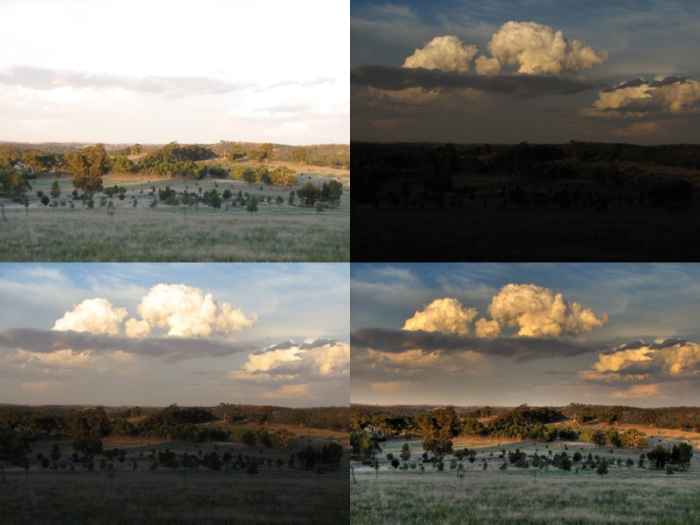
|
High dynamic range (HDR) photography, in many landscape situations, has the potential to produce photographs that are closer to what we perceive with our eyes than does conventional photography.
|

|
|
The four photographs above were recorded near sunset in the Clare hills of
South Australia. The photo on the lower left was recorded allowing the
camera to decide on the best exposure value for the lighting.
This exposure setting is the best the camera could do with a very difficult
scene; the clouds were brightly lit, the foreground was in shadow - there
was a high dynamic range (HDR) in the light intensities.
The photo at the lower right is a HDR
compilation created from the other three frames; I believe it is closer to
the scene that I saw than are any of the original photos.
In the lower left frame the clouds are over-exposed and the foreground is under-exposed. The camera was set to take two additional photographs, the upper left frame is two stops 'over-exposed' (ie. the camera has collected 22=4 times as much light) and the upper right frame is two stops 'under-exposed' (ie. the camera has collected 2-2=0.25 as much light as in the lower left frame). In the 'over-exposed' photo the foreground is correctly exposed, in the 'under-exposed' photo the clouds are correctly exposed. The lower right frame in the above group (enlarged and cropped below) was produced from the three originals using software called Photomatix Pro. |
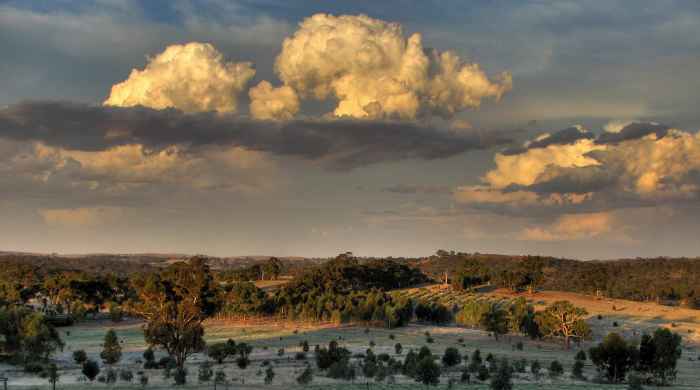
|
|
The high dynamic range situation in photography is very common. The photographer gets used to avoiding it; before high dynamic range photography (HDRP), instead of photographing the scene above, I might have concentrated on the cloud formation, or on the foreground; more likely I wouldn't have taken any photo at all because the clouds would not be worth the photo without the foreground and vice-versa, and there was no way I knew of getting both clouds and foreground. |
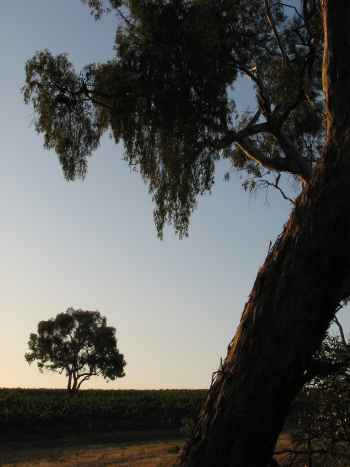 |
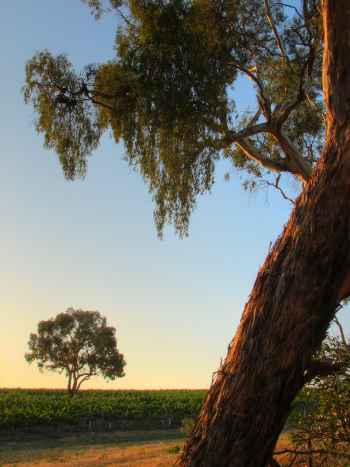
|
|
In the original the camera has exposed to record the sky correctly, but in doing so, much that is less bright in the scene has been lost. The HDR software has made up the deficiencies by referring to the other, differently exposed, frames. |
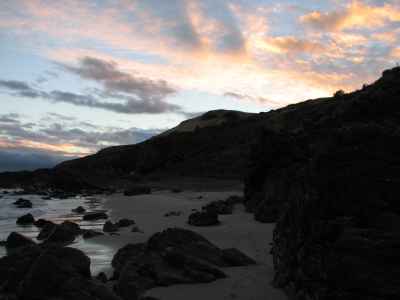 |

|
|
Here the foreground is greatly underexposed in the photo taken with the camera's automatic exposure setting, and the light in the clouds is a bit washed out.
The HDR image shows much more detail in the foreground and no over-exposure in the sky.
|
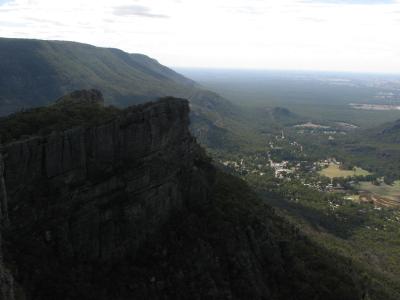 |
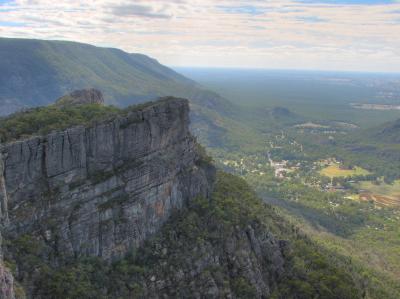
|
Automatic exposure setting on left, HDR on right. | |
|
The rock face on the left was is deep shade while sunlight flooded the valley,
and the sky had bright clouds.
A single exposure could not handle the situation.
In conclusion, HDR photography is superior to conventional photography as a way of recording many scenes, it is not an 'unnatural manipulation' of photographs, rather it is an improved way of recording what we see in the 'real world'. I suspect that the cameras of the near future will come with an HDR option built in. |